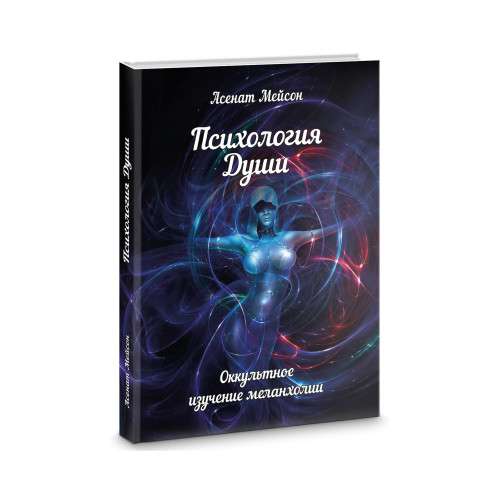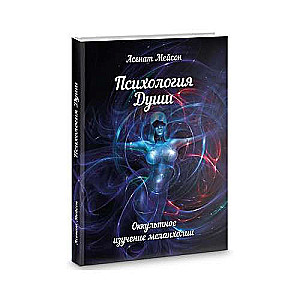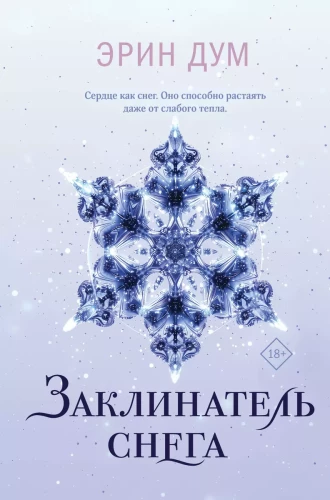Psychology of the Soul. Occult Study of Melancholy
Since the beginning of the development of the philosophy of science, many scholars and thinkers have paid close attention to feelings such as grief, despair, sorrow, and melancholy; all these feelings provide people with experience. Some of them lived a... life in solitude and devoted their lives to contemplating their psyche, attempting to explain the variable states of mind, trying to systematize the psyche according to physiological theories, mental disorders, or esoteric interpretations. The most interesting concept is the inner dark aspect of the soul, the dimming of sensations, causing atrophy of emotions and feelings, or their elevation similar to divine ecstasy. This experience of the dark side of the soul we shall call melancholy, and for centuries melancholy has become one of the most interesting phenomena for philosophers, doctors, artists, musicians, writers, poets, and especially for those who studied the occult arts. Almost in all cultures, from ancient antiquity to the present day, there are records of depression, dejection, madness, and fluctuating moods. Ancient Egyptian medical writings describe pathological cases of behavior, depressive behavior, and Greek mythology often depicts how heroes struggle with madness. Hippocrates, Plato, Aristotle, Theophrastus, and other representatives of ancient philosophy and medicine analyzed depression and melancholy in their works, and classical literature, the dramatic works of Aeschylus or Euripides, contain numerous descriptions of sorrow, grief, loss, exhaustion, and spiritual suffering. In ancient times, melancholy was considered a disease of the soul, the triumph of inner spiritual darkness over the righteous light of reason and rational harmony in a person. Ancient doctors attempted to explain melancholy as a physical disorder and formulated an amusing theory, according to which melancholy is the result of disharmony between physical fluids and the dominance of black bile, the most harmful and corrosive indulgence. The Greek term melaina chole was widely used in reference to this mysterious black liquid. For over two thousand years, this amusing theory suggesting that the body and mind are mystically connected has been used to explain character traits, tendencies, tastes, manifestations, emotional states, mental disorders, and physiological dysfunctions. Many ancient traditions were based on the concept of fluids circulating in the body, often representing a metaphorical depiction of energy flows. Over the centuries, these concepts gradually transformed into hormones, enzymes, particles, etc. Their mystical meaning has been preserved only in certain aspects of occult philosophy.
Author: МЕЙСОН А.
Printhouse: Veligor
Year of publication: 2023
ISBN: 9785917422466
Number of pages: 360
Size: 60Х90/16 mm
Cover type: Твердый переплет
Weight: 550 g
ID: 1461223













